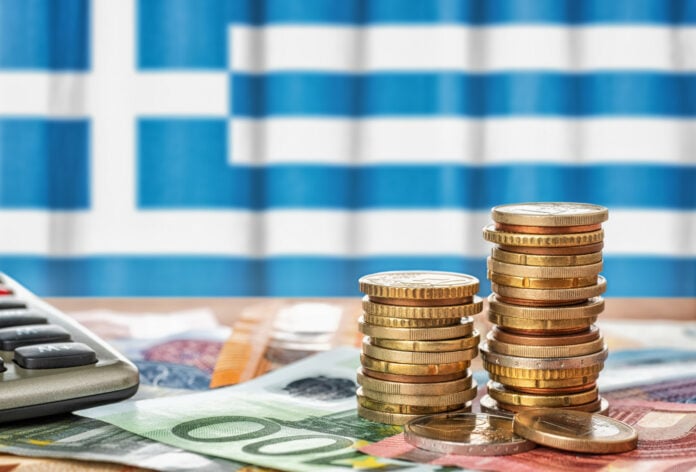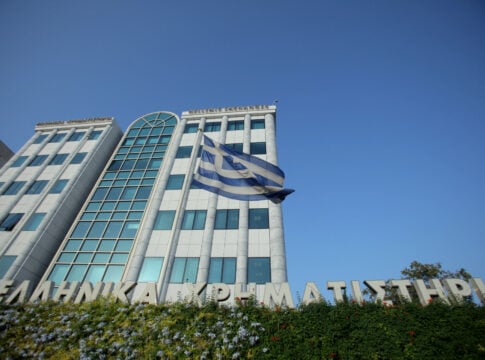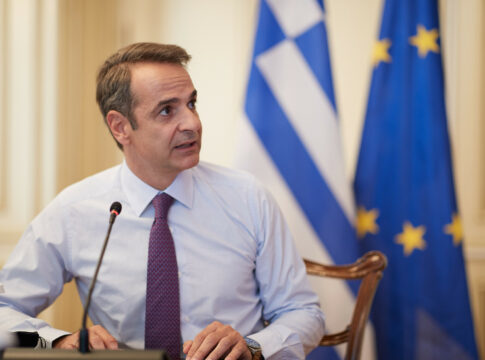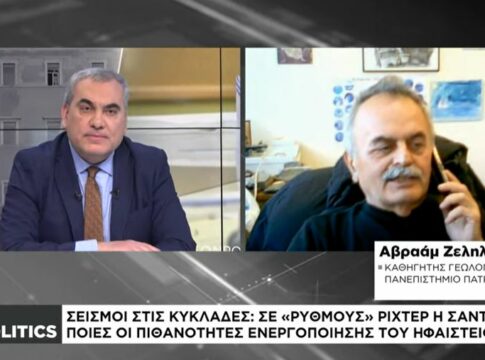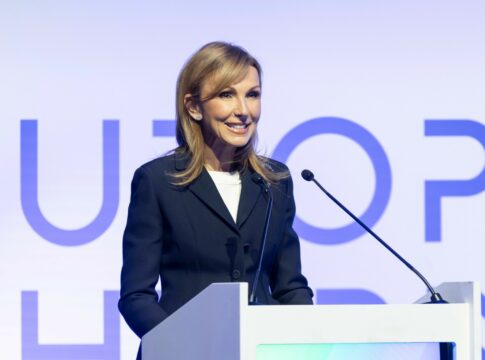The Finance Ministry and the Public Debt Management Agency (PDMA) set as a goal the full repayment of the bilateral loans of the first memorandum a decade earlier than planned, as well as the reduction of the debt-to-GDP ratio to 120% before the end of the decade.
The balance of debts on bilateral loans from European countries (these are the GLFs) stood approximately at 31.6 billion euros at the end of 2024. Following the repayment, all obligations of the first memorandum (approximately 82 billion euros) are essentially zeroed out. Greece has already prepaid 30 billion euros to the IMF and has repaid loans of approximately 20.4 billion euros to the member states of the European Union.
Cash reserves
The country, with its high cash reserves that have -once again exceeded 40 billion euro-, but also the increased demand for Greek bonds (which is expected to become even greater after Moody’s upgrade), can initiate the zeroing of these debts without disrupting the course of debt de-escalation in proportion to its GDP. A course, in fact, which will be sought to be based on both the denominator of the fraction (i.e. the increase in nominal GDP, which this year will exceed 340 billion euros for the first time since 2009), but also on the numerator by containing debts approximately at current levels.
It is noted that the GLFs constitute the 4th largest “reservoir” of debt.
Following the early repayments of 2024, the next installment that must be paid is in 2029 (2.645 billion euros). The basic scenario foresees that at least two installments will be repaid by the end of the year – 2033 and 2034 – with a total burden of 5.3 billion euros on the budget.
It is not excluded, if conditions allow, that a larger amount will be paid. Moreover, given the high demand for Greek securities, the possibility of tapping again the markets in 2025 has not been ruled out, despite the fact that the country has already raised 7.2 billion euros (approximately 1.5 billion euros concerns early repayment of bonds that normally expired in 2025, so the financing needs for the next year have already decreased below 8 billion euros).
A feasible goal
Given that the debts to the GLFs will be 26 billion euros or less at the end of 2025, full repayment before the end of the decade is considered a feasible goal. Normally, GLFs are fully repaid in the distant 2040, so we are talking about an acceleration of more than 10 years.
The climate in Europe is very favorable to this move. Both the European Stability Mechanism and the Eurozone member states have supported these moves (something that was reaffirmed during the visit of the head of the ESM to Athens last week).
The fact that the green light will be given for the payment of 5.3 billion euros this year is considered a given (normally the ESM can “block” early repayments of other debts without a corresponding part of debt to the Stability Mechanism being repaid). What remains to be seen is whether the amount will be larger.
To a large extent, this will also depend on the next moves of the PDMA. So far, 4 billion euros have been raised, while 3 billion euros in bond swaps have been made. The Greek side can “read” these moves as it wishes: either to say that it has completed this year’s borrowing program or to proceed with another issue of 1-2 billion euros with the argument that of the 3 billion euros in bond swaps, half of the amount concerned the 2025 fiscal year.
In any case, no moves will be made that will call into question the dual objective: reducing debt below 150% of GDP from this year and containing general government debt below 370 billion euros.


